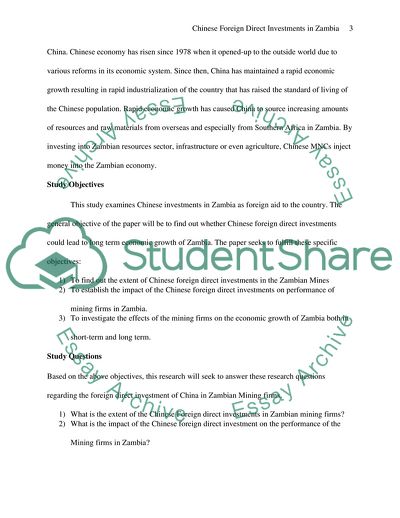Cite this document
(Chinese Foreign Direct Investment in Zambia (with a focus on Zambian Research Paper, n.d.)
Chinese Foreign Direct Investment in Zambia (with a focus on Zambian Research Paper. https://studentshare.org/macro-microeconomics/1788154-chinese-foreign-direct-investment-in-zambia-with-a-focus-on-zambian-copper-mines
Chinese Foreign Direct Investment in Zambia (with a focus on Zambian Research Paper. https://studentshare.org/macro-microeconomics/1788154-chinese-foreign-direct-investment-in-zambia-with-a-focus-on-zambian-copper-mines
(Chinese Foreign Direct Investment in Zambia (with a Focus on Zambian Research Paper)
Chinese Foreign Direct Investment in Zambia (with a Focus on Zambian Research Paper. https://studentshare.org/macro-microeconomics/1788154-chinese-foreign-direct-investment-in-zambia-with-a-focus-on-zambian-copper-mines.
Chinese Foreign Direct Investment in Zambia (with a Focus on Zambian Research Paper. https://studentshare.org/macro-microeconomics/1788154-chinese-foreign-direct-investment-in-zambia-with-a-focus-on-zambian-copper-mines.
“Chinese Foreign Direct Investment in Zambia (with a Focus on Zambian Research Paper”. https://studentshare.org/macro-microeconomics/1788154-chinese-foreign-direct-investment-in-zambia-with-a-focus-on-zambian-copper-mines.


